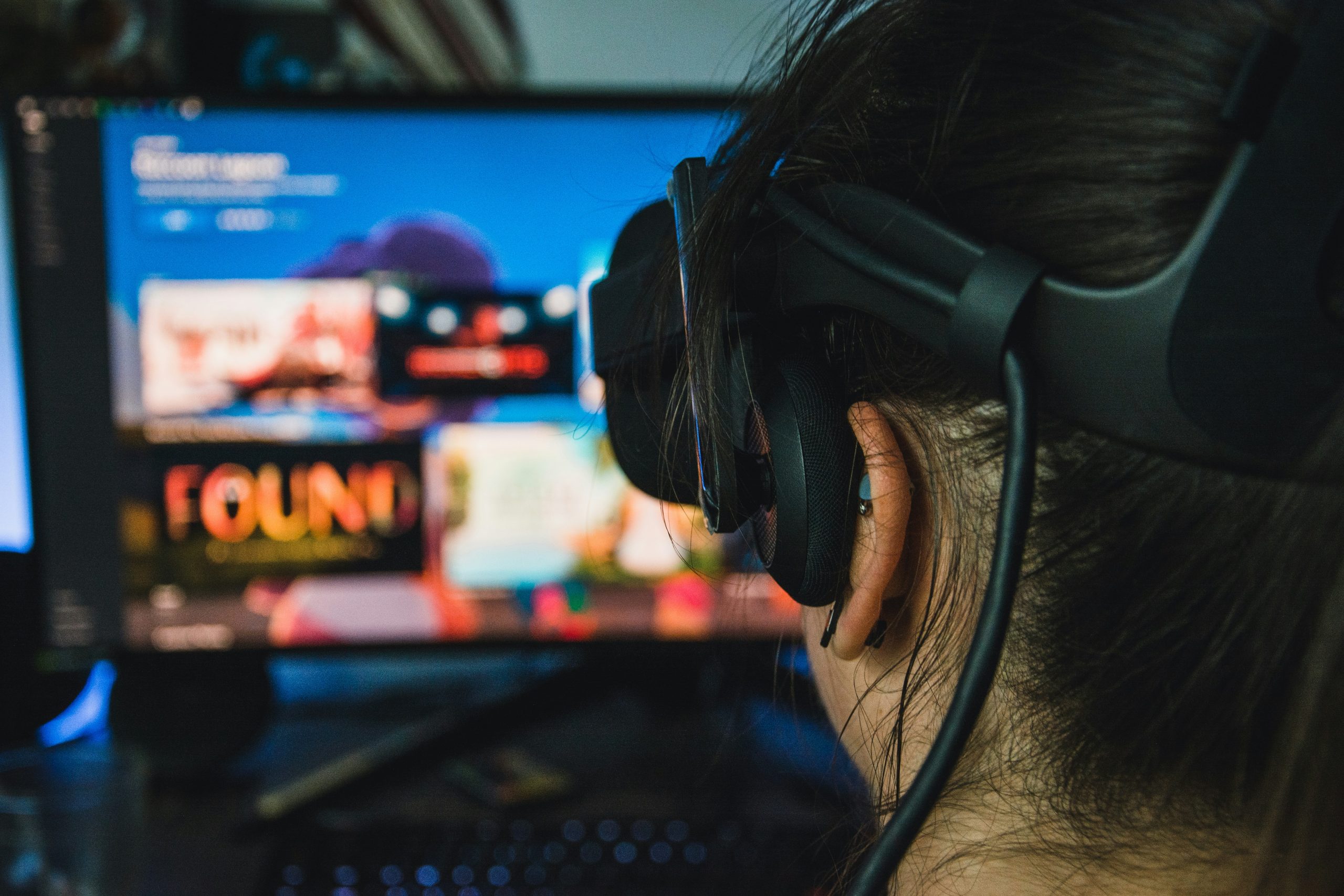Virtual Cultural Experiences | InfoTrendingZone
Virtual Cultural : In an era where physical distancing has become the norm, the landscape of cultural experiences is undergoing a profound transformation. The emergence of virtual cultural experiences has not only redefined how we engage with art, music, and heritage but has also opened up a new realm of possibilities for global accessibility and inclusivity. This trend, spurred by technological advancements and propelled by necessity, is reshaping the way we perceive and participate in cultural activities.
The Shift to Virtual Platforms
The COVID-19 pandemic acted as a catalyst for the proliferation of virtual cultural experiences. As museums, galleries, theaters, and cultural institutions worldwide shuttered their doors to adhere to safety protocols, they swiftly turned to digital platforms to maintain connections with their audiences. What initially began as a temporary measure to mitigate the impact of the pandemic has since evolved into a burgeoning trend, reshaping the cultural landscape in profound ways.
Access and Inclusivity
One of the most significant advantages of virtual cultural experiences is the unprecedented level of access they afford. Geographical barriers dissolve as individuals from across the globe gain the opportunity to explore renowned museums, attend live performances, and engage with cultural events without leaving their homes. This democratization of culture fosters inclusivity, allowing individuals who may have been previously marginalized or unable to access physical spaces due to various constraints to participate actively in the cultural discourse.
Enhanced Engagement and Interaction
Virtual platforms have also revolutionized the way audiences engage with cultural content. Interactive features, immersive technologies such as virtual reality (VR) and augmented reality (AR), and multimedia elements augment the traditional museum or performance experience, creating dynamic and engaging encounters. Users can explore exhibitions at their own pace, delve deeper into artworks through interactive descriptions, and even participate in virtual workshops and discussions, fostering a deeper connection with the cultural material.
Preservation and Digitization
The shift to virtual cultural experiences has underscored the importance of digital preservation and the digitization of cultural heritage. Institutions are increasingly investing in digitization initiatives to safeguard cultural artifacts, documents, and performances for future generations. These efforts not only ensure the preservation of tangible and intangible cultural heritage but also enable broader dissemination and accessibility, transcending physical limitations and safeguarding cultural legacies for posterity.
Challenges and Limitations
Despite its myriad benefits, the virtualization of cultural experiences is not without its challenges and limitations. Digital divides, including disparities in access to technology and internet connectivity, pose significant barriers to equitable participation. Moreover, while virtual platforms offer unparalleled access, they cannot fully replicate the sensorial richness and immersive ambiance of physical cultural spaces. The loss of serendipitous encounters, the tactile experience of artwork, and the communal atmosphere of live performances are irreplaceable aspects of the cultural experience that virtualization struggles to emulate.
The Future of Cultural Engagement
As we look to the future, it is evident that virtual cultural experiences will continue to play an integral role in shaping the cultural landscape. Hybrid models, blending physical and virtual components, are likely to emerge, offering the best of both worlds by combining the accessibility and reach of virtual platforms with the tangible, sensory experience of physical spaces. Moreover, advancements in technology, such as the development of more immersive VR and AR experiences, hold the promise of further enriching virtual cultural encounters, bridging the gap between the digital and physical realms.
Conclusion
The rise of virtual cultural experiences represents a paradigm shift in the way we perceive, engage with, and preserve culture. What began as a response to unprecedented challenges has evolved into a transformative trend with far-reaching implications for cultural institutions, creators, and audiences alike. While virtualization cannot replace the authenticity and immediacy of physical cultural encounters, it offers unparalleled access, inclusivity, and engagement, opening doors to new possibilities and redefining the boundaries of cultural exploration in the digital age. As we navigate this evolving landscape, embracing innovation while preserving the essence of cultural heritage will be paramount in shaping a more vibrant, accessible, and inclusive cultural ecosystem for generations to come.
Read More Content On InfoTrendingZone Click Here…

The Rise of Virtual Cultural Experiences | InfoTrendingZone
arjxjtxlxxg
[url=http://www.gk9c10ad126ma115dir7u77j1jd2ti59s.org/]urjxjtxlxxg[/url]
rjxjtxlxxg http://www.gk9c10ad126ma115dir7u77j1jd2ti59s.org/
Thank you for your sharing. I am worried that I lack creative ideas. It is your article that makes me full of hope. Thank you. But, I have a question, can you help me?